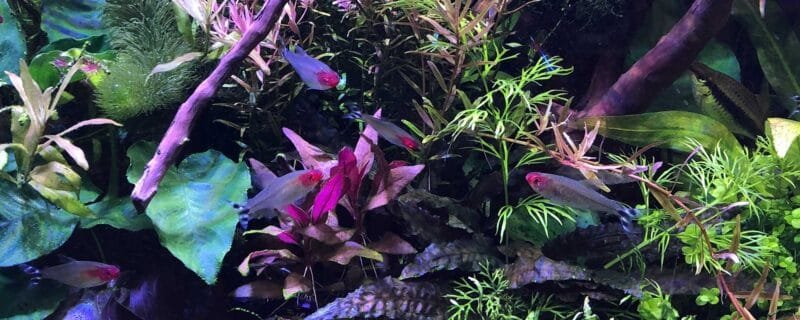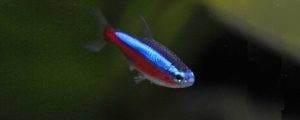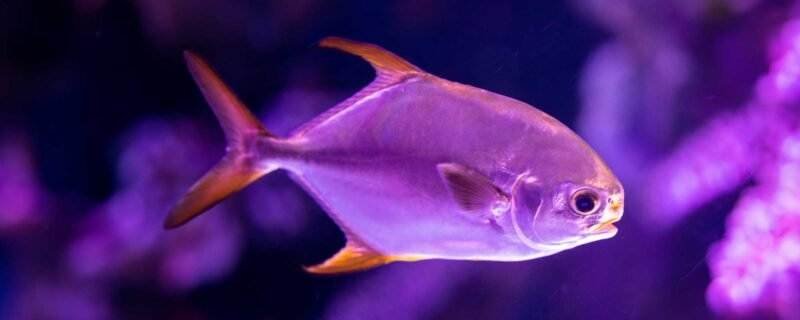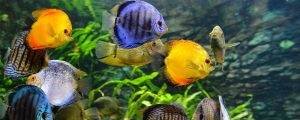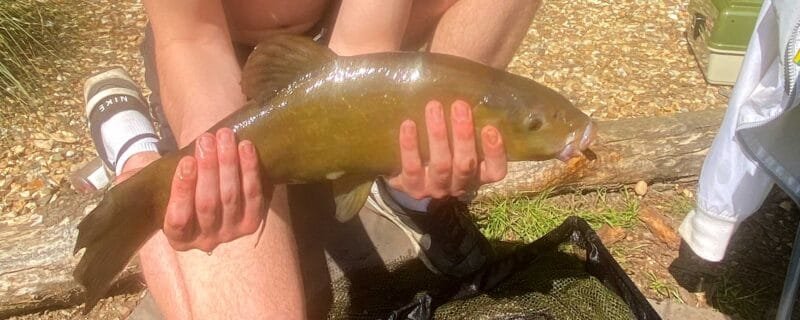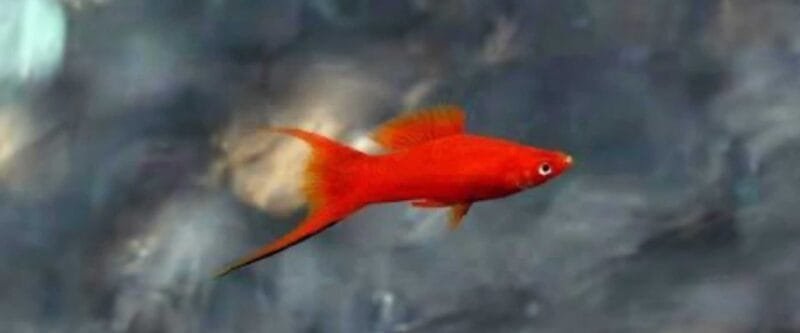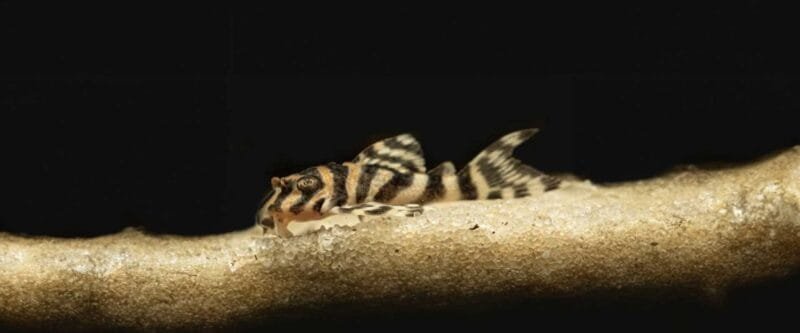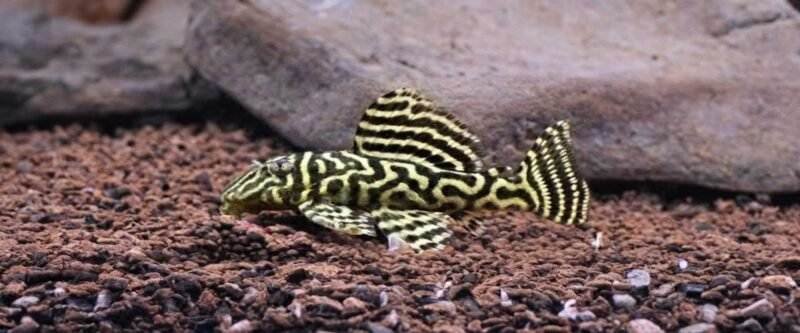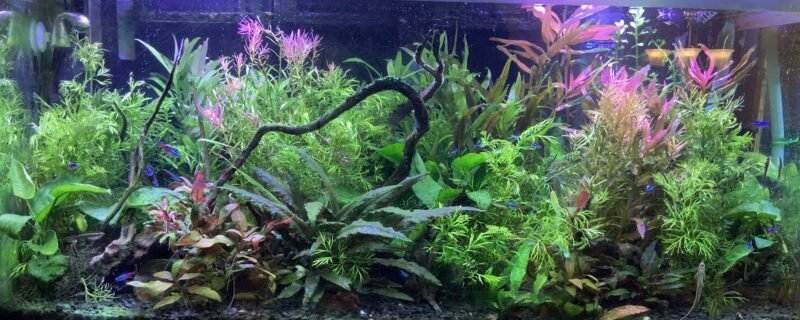Introduction
The Blackline Tail Tetra, a captivating freshwater fish, is a favorite among aquarists for its vibrant colors and dynamic presence in community tanks. This blog post aims to provide an educational overview of this species, covering various aspects from its native habitat to care requirements.
Latin Name and Native Habitat
The Blackline Tail Tetra, scientifically known as Gymnocorymbus thayeri, originates from the rivers and streams of South America, particularly in regions like Paraguay and Brazil. These environments are characterized by soft, acidic water and a diverse ecosystem.
Size and Appearance
An adult Blackline Tail Tetra typically grows up to 2 inches in length. They are known for their striking black line that runs along the tail, contrasting beautifully with their silver body and red fins.
Diet
In the wild, Blackline Tail Tetras feed on small insects, larvae, and plant matter. In aquarium settings, they thrive on a varied diet of high-quality flake food, frozen or live brine shrimp, and daphnia. It’s crucial to maintain a balanced diet to keep them healthy and vibrant.
Sexing and Breeding
Sexing Blackline Tail Tetras can be somewhat challenging. Generally, females are slightly larger and fuller-bodied compared to males. Breeding them in captivity requires specific water conditions, mimicking their natural habitat with soft, slightly acidic water. A separate breeding tank is recommended for the best results.
Water Conditions and Ease of Care
These tetras prefer water temperatures between 72°F and 80°F, with a pH range of 6.0 to 7.5. They are relatively easy to care for, making them suitable for both novice and experienced aquarists. Regular water changes and tank maintenance are essential to keep them in optimal health.
Community Tank Compatibility
Blackline Tail Tetras are peaceful and sociable, making them excellent candidates for community tanks. They do well with other small, non-aggressive fish species. However, their fin-nipping tendency requires careful selection of tank mates.
Suitable Tank Mates
Ideal companions for Blackline Tail Tetras include other small tetras, dwarf corydoras, and peaceful barbs. Avoid keeping them with large or aggressive fish that may intimidate or harm them.
Species Variations
While there are no significant species variations within the Blackline Tail Tetra, individual specimens may exhibit slight differences in the intensity of their coloration and the prominence of the black line on their tail.
Conclusion
The Blackline Tail Tetra is a delightful addition to any freshwater aquarium. Their ease of care, peaceful nature, and striking appearance make them a popular choice among aquarists. By providing them with the right environment and diet, these tetras can thrive and bring life and color to your aquatic community.


